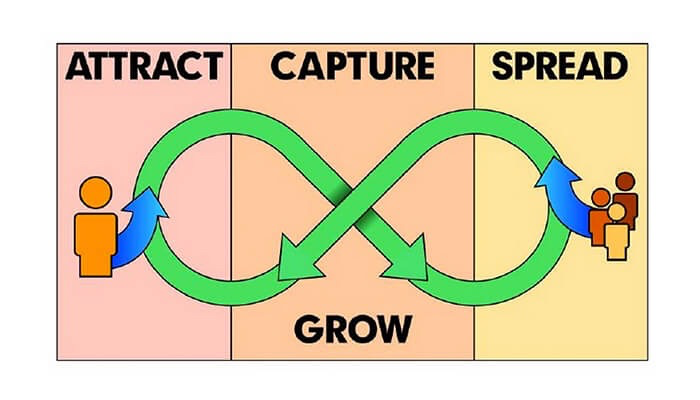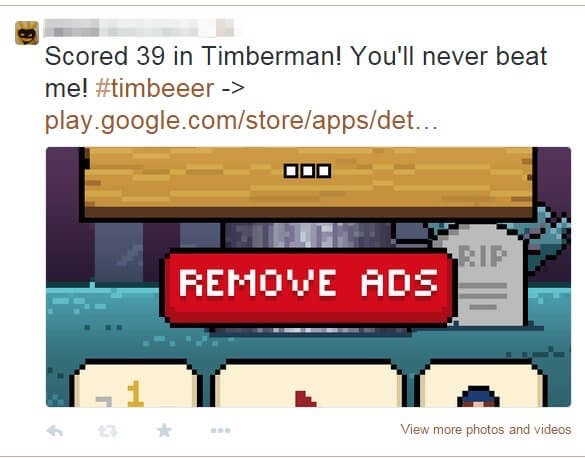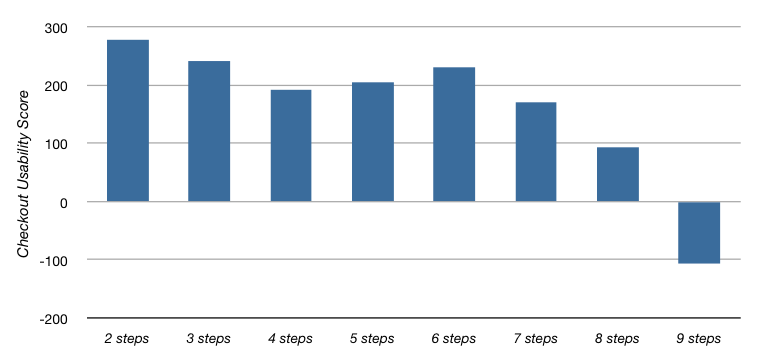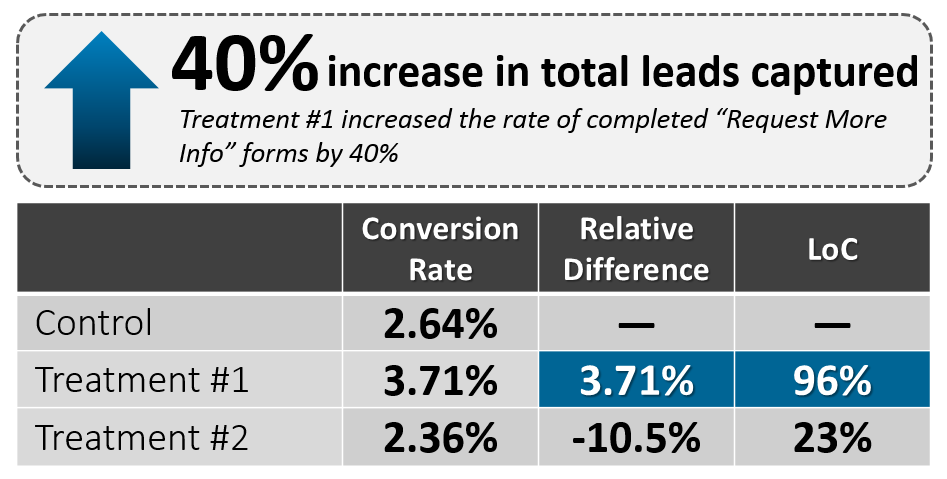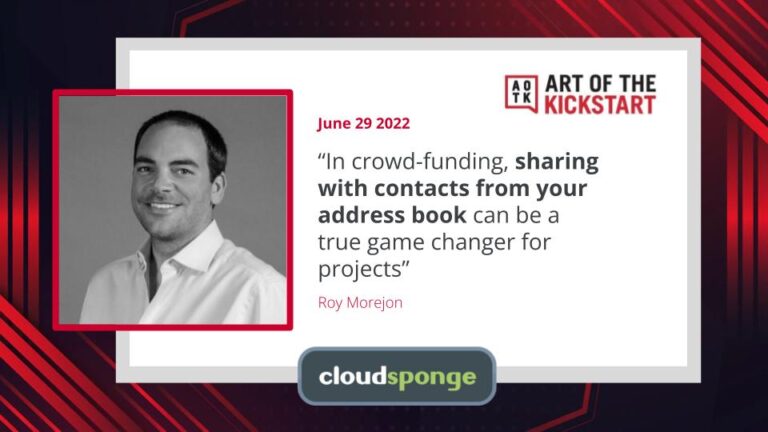Are you trying to boost viral growth while your customers don’t give a damn about sharing your product?
Can you see them using its every functionality except the invitation and sharing options? And in turn, stalling all your efforts to achieve faster growth?
Unfortunately, knowing that others face similar challenges would be of little comfort. I know.
But I guess, learning how one company had overcome it could help you figure out a way around it too.
We’ve shared much advice on improving referral strategies already. For example, here, here or here.
In this post, however, I want to do something different. I’ll show you how of CloudSponge’s customers, Greenvelope, achieved a 40% boost in annual growth by improving just a single element of their viral loop.
Intrigued how they did it? Let’s take it from the top then.
The Anatomy of Viral Loops
Before we get to Greenvelope’s story, let’s gain some context on viral loops quickly.
Because, for one, by knowing how viral loops work, their core elements and mechanics, you’ll be able to see better how a small change could have had such a profound effect on their strategy.
In its simplest form, a viral loop works more or less like this:
Step 1. A person discovers a new product,
Step 2. They review it, sign up, and start discovering its value,
Step 3. At some point, they use a function with a viral loop built in. In Greenvelope’s example, they send an e-card. For other products, it might be sharing a file or inviting someone to a project. The key thing is that by utilizing that option, they introduce a product to another potential user.
Step 4. Some of the people who receive the viral loop also realize the product’s value, sign up and begin using it too.
Step 5. They eventually use the same functionality that attracted them to a product, spreading the information about it further.
Step 6. Those people sign up, begin discovering the product, and the cycle continues.
Of course, I simplified many steps in the above description. In particular, the actual act of sharing the product. That’s because I focused on revealing the core concept behind viral loops:
Achieving growth by getting current customers to spread the information about a product by just using it. Nothing else.
Just like Jeff Jeffrye describes it, a viral loop is:
“A self-fueling action loop that drives users to create more users, which increase engagement and existing users.”
And the key to a viral loop success is to make it as inconspicuous as possible.
Hotmail users, for example, simply sent emails as they normally would. But because of the smart viral loop, they shared information about the product in every message.
Many Dropbox users first learned about the service when someone shared a file with them.
Games like Timberman let users share in-game achievements on social media with a click.
The result? Spreading the news about the product in the process.
And they work. For one, that’s because we trust friends and often want to do what they do.
Seeing a friend enjoying a particular product makes many of us instinctively want to check it out, at least. And use, if we discover its value too.
But as Greenvelope discovered, boosting product’s virality only seems simple in practice.
Here’s their story.
Greenvelope Insights
The main challenge Greenvelope, an e-card company, faced didn’t directly refer to a viral loop at all. They set out to relieve the much-overloaded support team instead.
As the company’s user grew beyond 1 million customers, it became clear that support teams couldn’t handle and process the growing number of requests. In particular, many customers’ issue with having to import contacts from address books to send invitations manually.
As the company told us, errors from failed imports or lack of clarity around the import process had many users turning to Greenvelope staff for answers.
But the resulting issue affected their growth as well.
As Kyle Leesman, Greenvelope’s CTO explained:
“We track our leads and sources and we get a significant amount of new accounts are people whose first touch is receiving a card from us.”
In other words, Greenvelope’s product included a viral loop already in it. Anyone sending a card to their connections promoted the company at the same time.
But faced with challenges during the process, customers were less likely to send the card. This, in turn, affected the company’s viral growth.
Now, by making the sending process easier, the company could ensure a greater e-card sent rate. And what goes with it, boost promotion to new, potential users.
Which is what Greenvelope did, adding CloudSponge’s address book importing functionality to automate the process for its users.
(Note, you can read more about the entire process Greenvelope went through here.)
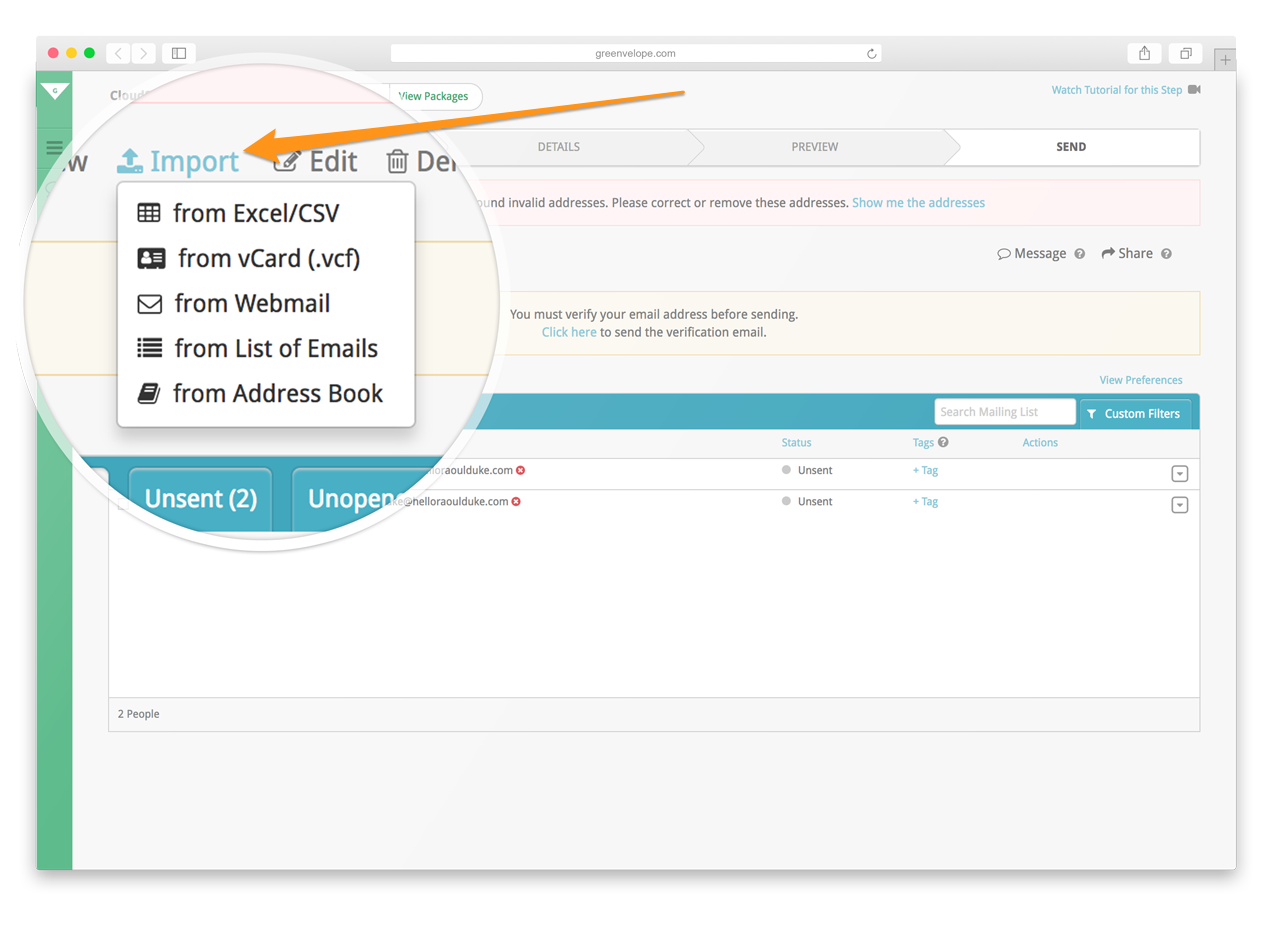
The result? More users began completing the e-card process, boosting the company’s viral loop.
In fact, thanks to automating a tedious task in the viral loop process, the company was able to achieve a staggering 40% year on year growth through virality.
Lessons from Greenvelope
Below are the key takeaways from Greenvelope’s story. Hopefully, they will help you boost viral loop completion for your product too.
Takeaway #1: Simplify or Automate the Most Tedious Task in the Viral Loop
The main obstacle to achieving viral growth, as we’ve already discussed, is getting users to act.
And the biggest reason for them abandoning an invitation process is because it’s too complicated.
If you want them to give you their friend’s email address, send an invitation or share your content, you must make the process so simple that they won’t realize they’re going through it.
This is something online retailers have known for a long time. They’ve realized that the more steps there are in the checkout process, the less likely a person is to complete the purchase.
In fact, as Smashing Magazine reports, usability declines with every step added to the process.
It’s no different in B2B. For example, too many fields on a lead generation form will impact conversions also.
And there is plenty of research to prove it. For example, here’s a result of a marketing experiment testing the effect of cutting down fields in a form – 40% increase on the shorter form.
Viral loops work in the same way. If your customers have to perform additional actions – for example, type email addresses manually – they’d be less likely even to consider doing it.
For Greenvelope, removing the need for a tedious and manual email import resulted in more emails sent and a robust viral loop where every recipient is a potential future customer.
Takeaway #2: Make Sharing an Inconspicuous Part of Your Product
A viral loop works best when users create more users by doing nothing more than using a product.
Which means that asking them to share their latest purchase (i.e., Amazon) on social won’t cut it. In this case, a person must be willing to do so for the viral loop to work.
However, a marketer sending a report from a project management tool to a new client introduces the tool to them in the process. And that’s without even being conscious about it.
And so, to build a strong viral loop, identify one action users must take when using a product that involves other people.
Here are some examples of viral loop actions:
- Adding collaborators to a SaaS tool
- Sending files, reports or data to people from within a product
- Sharing challenges to others in gamification features
- Forwarding information or notifications
- Inviting others to access and interact with data within a product
- Asking for other people’s insights from within a product
The key here is to involve others in using a product in some way. Or at least, offer an opportunity to interact with them from within the app.
Conclusion
Getting users to promote a product is no small feat. Sometimes, however, all it takes is improving a single element of the external invitation strategy to experience a significant boost in growth and revenue.
And hopefully, the Greenvelope story has given you some ideas how to do it.
Review and Audit Your Sharing Process
Download our Better Sharing Workbook Now
(it's quick, easy and absolutely free!)

